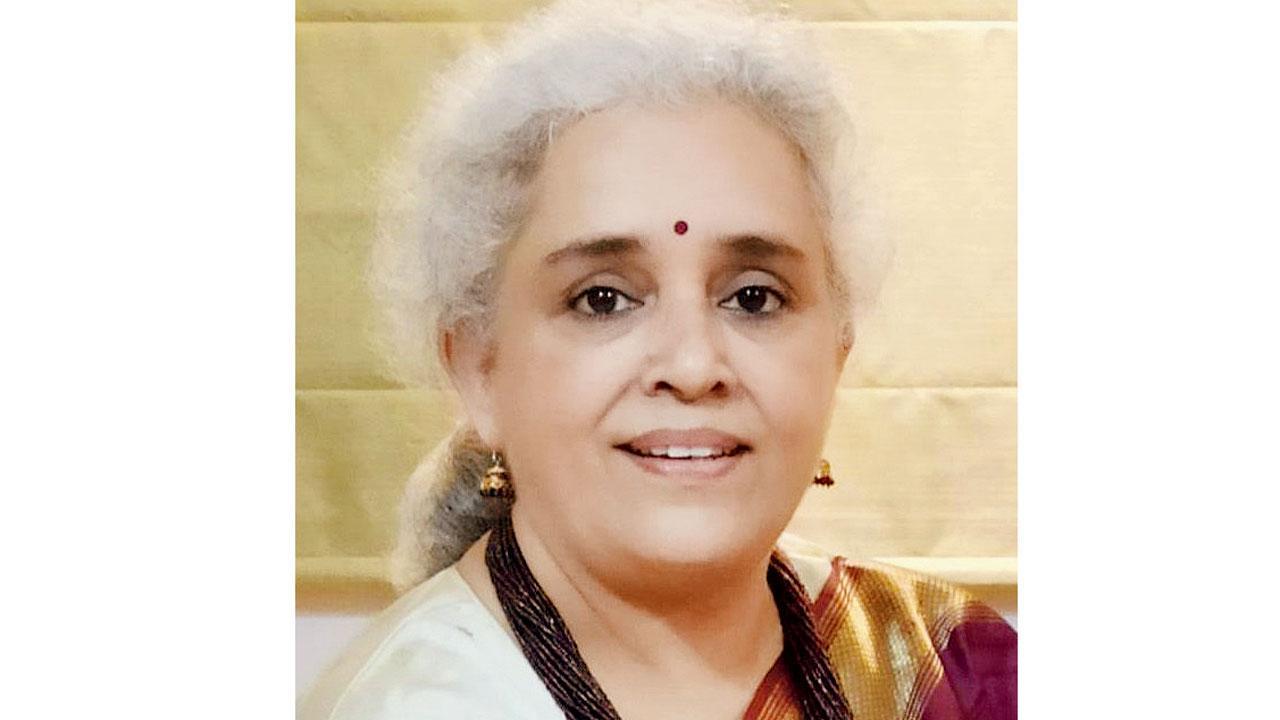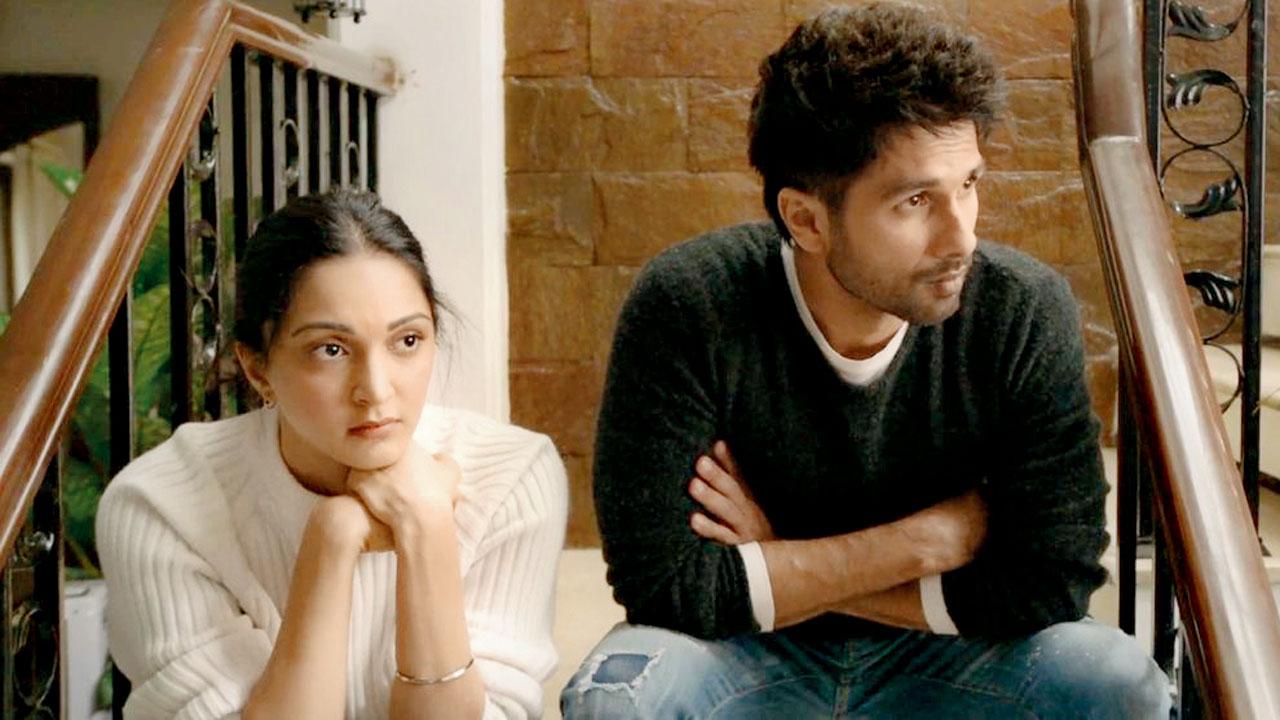A recent report by TISS reveals, not shockingly, that Hindi movies still have a long way to go when it comes to gender balance and showcasing women-oriented stories

Dr Lakshmi Lingam, Chairperson of School and Media and Cultural Studies (TISS)
What if non-binary, trans and queer characters are featured in all kinds of films and not necessarily only in films on sexuality? What if one regularly saw characters with non-upper caste surnames?
ADVERTISEMENT
What if films routinely featured a disabled banker, a trans doctor, a journalist from a socially disadvantaged caste, or a dark-skinned model or a woman police officer from an ethnic minority background—even when the film is not necessarily about their marginal identities? These questions are so obvious that you might chide yourself for not thinking of them first. And yet, it took an 83-page report, analysing hundreds of portrayals of women in Hindi cinema, to raise them.
In their report titled Lights, Camera and Time for Action: Recasting a Gender Equality Compliant Hindi Cinema, the School of Media and Cultural Studies of the Tata Institute of Social Sciences (TISS) brought to light the fact that gender representation in mainstream Hindi films is skewed towards male-oriented stories and narratives.
The central finding of the study was that only 23.3 percent of characters in films released over seven years are played by women, with males dominating 76.4 per cent of the roles. Even this low representation of women is fraught with problems: The characters are always fair-skinned, with a lean body type, and were more often than not showcased through voyeuristic camera angles.

The research looked at films like Kabir Singh, which received backlash over the titular male character’s treatment towards the female protagonist, as opposed to women-centric movies like Queen
The 18-month-long study evaluated 35 films, 25 of which were the highest-grossing theatrical releases of 2019, as well as 10 women-centric films between 2012 and 2019. The year 2019 was chosen as the base year of the study because it was the last year before major theatrical releases were impacted by the pandemic. This time frame also witnessed significant events changing the landscape of the film industry, such as the Nirbhaya rape case, the Me Too movement, and amendments to laws against sexual assault and harassment.
“A lot of what we view is already conditioned by our upbringing, so we don’t ‘see’ many things,” says Dr Lakshmi Lingam, retired professor and dean of the School of Media and Cultural Studies, who spearheaded the research. “We have a lot of normalising of body-shaming, gaslighting and negativity which are part of the dialogues.”
From the much-hated
Kabir Singh to the widely hailed Queen, TISS’ researchers studied 1,930 speaking characters on the basis of 50 sub-parameters such as appearance, types of roles, clothing, sexualisation, consent and intimacy, and sexist humour, among others. Interestingly, the four researchers analysing the characters—all women—were initially unable to recognise the presence of sexism and stereotypical humour in the dialogues, and had to be trained to discern hints of subtle sexism.
Lingam adds that women-centric films “focus on issues dealing with family, sexuality, and mental health”, while box-office hits deal with war stories, crime and the underworld, politics, and action-oriented narratives. Speaking at the launch event of the report on Wednesday, actress and filmmaker Nandita Das said that women’s stories are a space for exploring the rich world of women’s inner lives. However, she said, that can become problematic when viewed as the only types of stories “allowed” to be told about women.

The research team also evaluated the films on the basis of the Bechdel-Wallace test, which is a measure of the representation of women in films and other works of fiction. The test seeks to check whether a film features at least two women who talk to each other about something other than a man. In this case, the results were hardly surprising.
While 100 per cent of women-centric films passed the Bechdel test, only 36 per cent of box office hits made the cut. Lingam noted that in the box-office films, the topics that female characters discussed veered towards the domestic realm, including themes of cooking, religious rituals, dressing, or issues of infertility, while in the women-centric films, critiques of patriarchal values and systems cropped up.
“Cinematic voyeurism of women translates into third-rate dialogues that are an outcome of the male gaze, even when directed at working women characters in roles of doctors, engineers, or journalists. [Men in films] tend to see a woman more as a body than as a person holding a professional position,” Lingam says.
She explains that while the percentage of working women in films stands at 42 per cent, as opposed to the real life national average of 29.4 per cent, it is a double-edged sword. “If we work towards changing the representation [of women, minorities, and persons with disabilities] behind-the-scenes, on-screen stories, too, are bound to change,” she says. “Production houses need to showcase more variety in stories. We can’t have a cosmetic change on the screen, while at the back-end, things continue to be the same.”
36%
Box office films that passed the Bechdel test, as compared to 100% of women-centric films
 Subscribe today by clicking the link and stay updated with the latest news!" Click here!
Subscribe today by clicking the link and stay updated with the latest news!" Click here!







